
Sunny Day Real Bird, Director of American Indian Outreach, Montana State University | Yellowstone Conference 2025

Panelist | Strengthening Native American Partnerships
Sunny Day Real Bird, Akbaaiiwishe-Itchish (Raises Good Children), serves as the Director of American Indian Outreach at Montana State University Billings (MSUB). She is an enrolled member of the Apsáalooke (Crow) Nation and a Gros Ventre descendant. Sunny brings over 15 years of experience in teaching, administration, and advocacy for Native student success across K–12 and higher education.
She holds a Master’s in Educational Leadership from Montana State University Bozeman, a Master’s in Education: Curriculum and Teaching (Secondary Mathematics) from the University of Oregon, and a Bachelor’s in Elementary Education with a Mathematics minor from MSU Billings. She is licensed in Montana to teach both elementary education and secondary mathematics.
Before her role at MSUB, Sunny taught mathematics at Ronan Middle School, where she was also selected as Educator of the Year by the Confederated Salish and Kootenai Education Committee. She later served as the Director of Indian Education for Ronan School District, where she secured major grants, created new partnerships, and raised graduation and attendance rates for Native students. Her teaching career has included positions at Riverside Indian School, Northern Cheyenne Tribal School, St. Labre Indian School, and St. Charles Mission School.
At MSUB, Sunny provides advocacy and support for Native students, leads outreach and retention efforts, and forges partnerships with tribal colleges, communities, and schools. She is active in multiple statewide initiatives, including the American Indian Minority Achievement Council, the City of Billings Chamber Advisory Board, and the Crow Language Club.
Sunny’s leadership and service have been recognized widely, including the University of Oregon’s 2022 Sapsik’ʷałá Outstanding Community Service Award. She is deeply committed to data-driven, culturally responsive education and to strengthening opportunities for Native students.
Sunny Day Real Bird’s Role at the 2025 Yellowstone Conference
At the 2025 Yellowstone Conference, Sunny Day Real Bird will join the Strengthening Native American Partnerships panel, where she’ll share her expertise in leveraging community partnerships for collective impact.
More About the Yellowstone Conference
Visit our Yellowstone Conference event page to learn more and register.

Charli Sleeper, Founder, MMIP Billings Advocacy Project | Yellowstone Conference 2025

Panelist | Strengthening Native American Partnerships
Charlene “Charli” Sleeper is a Billings-based Missing & Murdered Indigenous Peoples (MMIP) advocate and mental health worker at Yellowstone Boys & Girls Ranch (YBGR). Their Indigenous name is Axpe Hisshe Bia (Red Eagle Fan Woman). They are a descendant of the Crow Tribe and Chippewa-Cree Tribe and are enrolled in the Southern Cheyenne & Arapahoe Tribes of Oklahoma.
Inspired by the 2018 Billings Women’s March, which highlighted the Missing & Murdered Indigenous Women’s (MMIW) Movement, Charlene began researching the scope of the MMIW crisis. That same year, eastern Montana experienced several high-profile missing juvenile cases. As a grassroots response—with an emphasis on the safe recovery of missing juveniles—Charlene developed the Missing & Murdered Indigenous Peoples Billings Advocacy Project (MMIP Billings). The group provides a range of volunteer services, including: sharing missing persons information with the public, supporting MMIP victim families, consulting on contributing issues, promoting MMIP resource information, and coordinating nonprofit fundraising. MMIP Billings also organizes and collaborates on awareness, intervention, and prevention projects.
Charli’s grassroots work spans tribal, local, state, and federal levels. They have supported Montana’s MMIP policy work since 2019, provided homicide and missing persons field observations to the FBI, and testified to both the Trump Administration’s Operation Lady Justice and the Biden Administration’s Not Invisible Act Commission. In 2025, MMIP Billings’ focus is on the intersection between human trafficking, missing persons, and homicides.
At YBGR, Charli notes that youth are at the highest risk for becoming missing juveniles, domestic violence-related homicide victims, and/or victims of human trafficking. They are grateful for the support found at YBGR, which has enabled the continuation of youth-specific MMIP prevention projects tailored to serve all youth in care.
Charli Sleeper’s Role at the 2025 Yellowstone Conference
At the 2025 Yellowstone Conference, Charli Sleeper will join the Strengthening Native American Partnerships panel, where they’ll share their expertise in leveraging community partnerships for collective impact.
More About the Yellowstone Conference
Visit our Yellowstone Conference event page to learn more and register.

Clint Valandra, Indigenous Education Coordinator, Billings Public Schools | Yellowstone Conference 2025

Panelist | Strengthening Native American Partnerships Panel
Clint Valandra, “Crow Feather,” a name given to him by his Lakota grandmother to commemorate his great-grandfather’s feat, is of Blackfeet and Lakota descent, with French and Irish roots. Born in Rosebud, South Dakota, and raised in Browning, Montana, he grew up as one of ten siblings.
His education began at Cut Bank Boarding School and continued through earning a bachelor’s degree from Troy University.
In 2023, he established Willow Creek Productions to provide cultural presentations and training in traditional games for youth and adults, demonstrating his dedication to preserving Indigenous traditions and educating others.
Clint has served as the Indigenous Education Coordinator for Billings Public Schools at Skyview High School for the last 15 years. He has become a vital source of strength by advocating for and promoting Indigenous perspectives. Through his work, he inspires students to honor their heritage while embracing their futures. Additionally, he plays a key role in facilitating the Elk River Tribal Youth Council.
Clint Valandra’s Role at the 2025 Yellowstone Conference
At the 2025 Yellowstone Conference, Clint Valandra will join the Strengthening Native American Partnerships panel, where he’ll share his expertise in leveraging community partnerships for collective impact.
More About the Yellowstone Conference
Visit our Yellowstone Conference event page to learn more and register.

Josie Brady, Native American Services Coordinator | Yellowstone Conference 2025

Moderator | Strengthening Native American Partnerships Panel
Named after her great-grandmother, Josephine Pine, a Northern Cheyenne tribal member, Josie Brady serves as the Native American Resource Coordinator at Yellowstone Boys and Girls Ranch. She works to create a supportive environment for Native American youth, focusing on cultural connection and engagement in treatment programming.
Josie has initiated a weekly Wellbriety talking circle to support those dealing with chemical dependency, collaborating with the chemical dependency team to facilitate the group. She also brought Mustang Nation to life—a club where Native American youth can gather to learn about their cultures and traditions. Josie incorporates smudging into the weekly schedule and encourages all youth and staff to participate.
She also worked with Yellowstone Academy staff to create an Indigenous garden and helps facilitate engaging, educational presentations that promote cultural awareness for both youth and staff.
Previously, Josie gained experience with Billings Public Schools, leading initiatives at the elementary and middle school levels. These included organizing events such as Family Night and Grandparents’ Night, as well as coordinating summer programs designed to bring cultural education to students across grade levels.
Josie Brady’s Role at the 2025 Yellowstone Conference
At this year’s Yellowstone Conference, Josie Brady will moderate the “Strengthening Native American Partnerships” panel, where she’ll lead a discussion on leveraging community partnerships for collective impact.
More About the Yellowstone Conference
Visit our Yellowstone Conference event page to learn more and register.
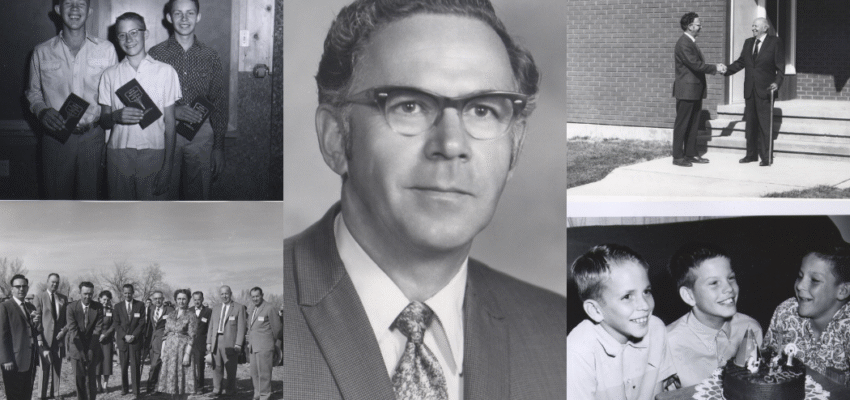
Remembering Franklin Robbie: The Heart Behind Yellowstone Boys and Girls Ranch
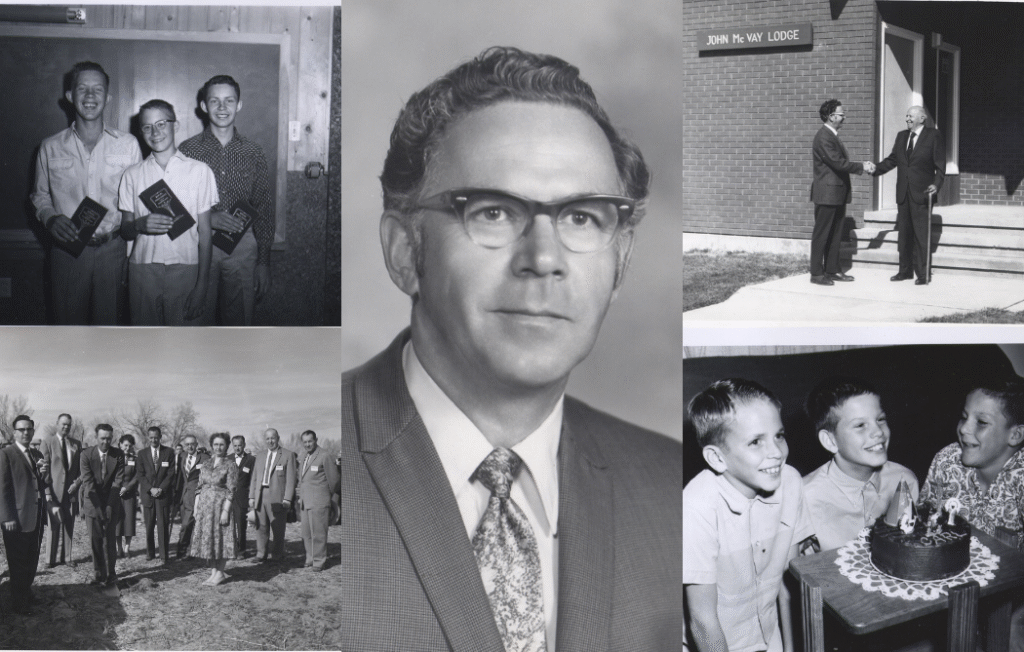
“It sure makes a difference when you know somebody cares.”
Those words guided Franklin LeRoy (Rabe) Robbie, founder of Yellowstone Boys and Girls Ranch, whose faith, compassion, and vision continue to shape the organization today.
Below is the story of Franklin Robbie—and how a life rooted in faith and resilience unfolded into a vision that gave birth to Yellowstone Boys and Girls Ranch (YBGR), a place where children could find structure, care, and belonging.
A Life Shaped by Faith and Resilience
Born on December 5, 1918, in Minneapolis, Franklin Robbie was the eldest of nine children to Rudolph and Leona Rabe. His father’s ministry led the family to move often—seven schools before graduation—and being left-handed in a right-handed world made learning even tougher. Yet through it all, Franklin’s resilience began to shine.
At fourteen, a ruptured appendix nearly took his life. An experimental treatment saved him, sparking a lifelong faith in God’s purpose. At fifteen, he made a personal commitment to Christ—a decision that became the compass for his life and work.
Soon after, at a church camp, he met Merle Middleton, who became his partner in life and ministry for nearly fifty years. Together they raised three children—Barbara, Wesley, and Kathy—and devoted their lives to helping others.
Franklin Robbie’s Call to Ministry
In 1948, Franklin Robbie moved his family to Montana to serve as pastor of Knees Community Church. There, he inspired his congregation to dedicate “God’s Acres,” where crops grown on donated land funded a parsonage. Within a year, a new home stood as a testament to faith, work, and community spirit.
Later, through Youth for Christ, Franklin began visiting correctional schools and meeting boys burdened by neglect and hardship—“little boys with big problems,” as he called them. Those encounters planted the seeds of what would become his life’s mission.
The Vision That Became Yellowstone Boys and Girls Ranch
In 1957, Franklin Robbie and Merle moved to Billings, Montana, to open Yellowstone Boys Ranch—a leap of faith born from conviction and compassion. With limited means but an unshakable belief in what was possible, they created a home where children could find love, structure, and belonging.
What began as one small home grew into Yellowstone Boys and Girls Ranch, an organization that has since touched tens of thousands of young lives across Montana and beyond.
Franklin Robbie’s ability to connect with people was unmatched—he drew in ranchers, business leaders, and neighbors, transforming them into lifelong supporters united by care and purpose.
A Legacy Beyond One Ranch
Franklin Robbie’s leadership extended far beyond Billings. Over three decades, he advised 23 child-care agencies nationwide, promoting financial stability through his “pay as we go” philosophy. His approach helped YBGR and other nonprofits remain strong, debt-free, and mission-focused.
Away from his work, Franklin Robbie was a husband, father, and friend who loved skiing, gardening, and woodworking. His home was filled with laughter, stories, and the joy of family. Even in his eighties, he lived with curiosity, creativity, and gratitude.
Love, Loss, and New Beginnings
In 1988, Franklin lost his beloved Merle to cancer after his own heart surgery. Her passing left a deep void, but her parting wish—that he find love again—brought new hope. He later married Peggy Oberweiser, whose warmth and care, along with her son Jonathan, renewed his joy in later life.
The Lasting Legacy of Franklin Robbie
Franklin Robbie’s proudest legacy wasn’t just the ranch he built—it was the lives he changed. From his own family to the thousands of youth who found healing and hope through YBGR, his life’s work continues to ripple through generations.
When Franklin Robbie passed away on March 21, 2014, at age 95, he left behind a story of faith, perseverance, and compassion that continues to guide YBGR’s mission today.
“It sure makes a difference when you know somebody cares.”
Because Franklin Robbie cared, generations have been forever changed—and his dream lives on each time a child finds hope, healing, and belonging at Yellowstone Boys and Girls Ranch.
Learn More About Our History
Visit our History page to explore the story—and the caring people—who gave birth to our mission. Their vision continues to touch the lives of thousands of youth across Montana and beyond each year.
Want to dive deeper? You can also find A Legacy of Caring, written by our founder, Franklin Robbie, on Amazon.
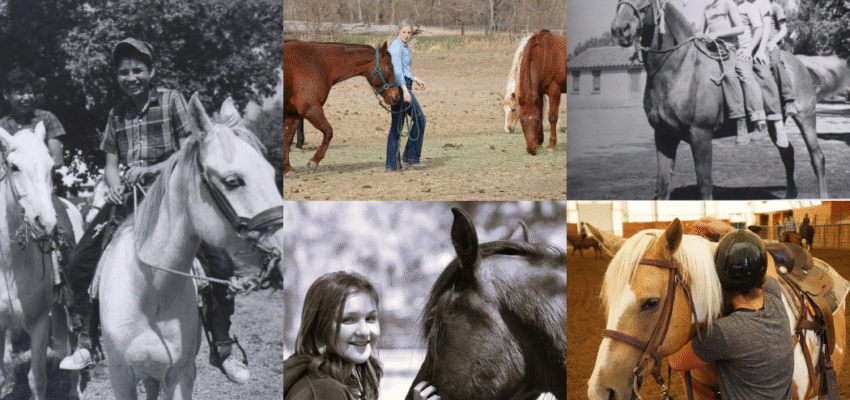
A Legacy of Healing with Horses: The Bill and Anita Jones Equestrian Center
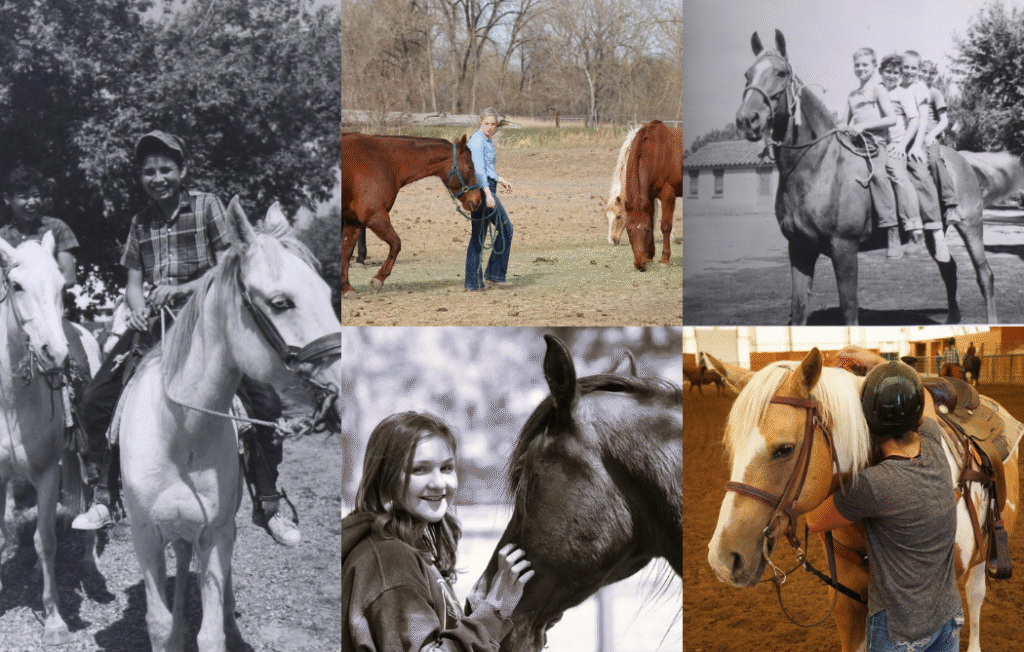
For as long as Yellowstone Boys and Girls Ranch has existed, horses have walked alongside our mission of caring for youth. Their strength, gentleness, and ability to connect in ways words cannot have made them powerful partners in healing.
Long before equine therapy became widely known, we recognized that remarkable things happen when children and horses work together. That vision lives on today through the Bill and Anita Jones Equestrian Center at the Ranch, where horses continue to play a vital role in helping youth heal, grow, and discover their strength.
Former CEO Loren Soft once reflected,
“It’s hard to explain what happens, but we have found significant breakthroughs with kids when working with animals.”
That belief shaped the Ranch’s programs for decades, embedding horses into both daily life and long-term healing.
The Bill and Anita Jones Equestrian Center
A major milestone in this tradition came in 2003 with the dedication of the Bill and Anita Jones Equestrian Center. The gift of Bill and Anita Jones expanded the Ranch’s ability to offer equine programs year-round—strengthening a connection between youth and horses that had already been part of our story for decades.
Within its arena and pastures, countless young people have discovered courage, built trust, and learned lessons that extend far beyond their time at the Ranch. Here, horses are more than companions—they are guides on the path to healing.
Whether through structured therapy or recreational programs, the equestrian center remains a cornerstone of growth, responsibility, and hope—carrying forward a legacy rooted in care, compassion, and the belief that healing happens through connection.
Carrying the Legacy Forward
Today, that heritage continues through innovative models like EAGALA (Equine Assisted Growth and Learning Association) therapy, pioneered at YBGR by Mackenzie Warren, Equine Specialist.
Unlike traditional horseback riding, EAGALA therapy takes place entirely on the ground. By engaging in activities and challenges with horses, youth begin to see their emotions and choices reflected in the animals’ responses.
This process helps them gain insight, strengthen problem-solving skills, and develop resilience.
Alongside EAGALA, we continue to offer recreational riding programs, where youth learn horsemanship, basic care, and responsibility through daily work crews—all while experiencing the joy and freedom of riding.
A Continuing Legacy of Connection
For generations, horses have been more than animals at Yellowstone Boys and Girls Ranch. They are mirrors, teachers, and healers—partners guiding youth toward hope, belonging, and a future filled with possibility.
Each interaction between a child and a horse tells a story of trust built, boundaries tested, and confidence taking root.
In the quiet rhythm of brushing a horse or leading one across the arena, youth learn patience, empathy, and the value of steady presence. These small moments often become lasting lessons—reminders that progress takes time and that healing happens through connection.
The legacy of the Bill and Anita Jones Equestrian Center isn’t measured only in the number of youth served but in the lives transformed through its pastures and programs.
Each day, horses help young people find courage, confidence, and care—qualities that stay with them long after they leave the Ranch.
Learn More About Our History
Visit our History page to explore the story—and the caring people—who gave birth to our mission. Their vision continues to touch the lives of thousands of youth across Montana and beyond each year.
Want to dive deeper? You can also find A Legacy of Caring, written by our founder, Franklin Robbie, available on Amazon.

Saving Lives: Change Starts with Suicide Prevention Strategies

Suicide is a tragedy of epic proportions. To paint a picture, in 2023, 49,316 Americans took their own life. Overall, it’s the 10th leading cause of death in the United States and the 2nd for youth between the ages of 10 and 24.
September is Suicide Prevention Month, and we want to shed light on this critical topic because education saves lives. Today, we’re taking a deep dive into prevention strategies.
Addressing Suicide Through Systemwide Prevention
Preventing suicide requires more than individual action—it takes coordinated efforts across communities and systems. Below are key strategies that can make a life-saving difference.
Identify & Assist Persons at Risk
The first step in preventing suicide is to identify populations at risk. Then, educate the people who work with them on suicide warning signs and intervention strategies, so they’re empowered to save lives.
Breakdown Stigma
Data reflects 1 in 5 people struggle with their mental health. Yet, because of stigma, few will reach out for support. Sadly, 90% of those who complete suicide are grappling with mental health conditions at the time of their death.
Public awareness campaigns and education can reduce barriers to seeking treatment, ultimately helping individuals receive life-saving support.
Organizational Linkages & Seamless Transitional Care
There’s no question that when organizations communicate and work together to wrap around the people they serve, it equates to excellent client care. In essence, it serves as a buffer, ensuring no suicide warning signs are missed and that people move seamlessly between different levels of care.
Create Systems to Respond to People in Crisis
Putting systems in place for those in crisis is essential and is not limited to mental health. Everything from emergency shelters to food stamps, and of course, mental health crisis call centers play a critical hand in preventing suicide.
Encourage Social Connectedness
Social isolation is a significant risk factor for suicide. Thus, communities that create systems to foster social connections can significantly reduce risk. Free community events, volunteer programs, and support groups are all great ways to bring people together.
Together, We Can Save Lives
Suicide prevention isn’t just about one program or one conversation—it’s about building communities where no one falls through the cracks. When we dismantle stigma, strengthen support systems, and foster connection, we create the conditions where hope has a chance to grow.
Learn More: A Comprehensive Approach to Suicide Prevention
Want More Resources?
If you found this article helpful, check out the rest of our blog and follow us on social media. You can find us on LinkedIn at Yellowstone Boys and Girls Ranch, Instagram at @ybgr_cares, and Facebook at Yellowstone Boys and Girls Ranch and YBGR.

Beyond Medication: Practical Approaches for Depression and Suicidality in Clinical Practice

Join Montana Psychiatry & Brain Health Center in the exploration of innovative approaches to treating depression and suicidality at this continuing education event for mental health professionals at the Ranch.
Date & Time:
Wednesday, October 15th, 2025
5:30 – 7:30 PM MDT
Location:
Yellowstone Boys and Girls Ranch Chapel
1701 Ray of Hope Lane, Billings, MT 59106
Tickets:
This event is free to the public. Click here to get tickets.
More About the Event
When traditional interventions fall short, what’s next? Beyond Medication is a 1.5 CE Hour professional development event bringing together experts in psychiatry and counseling to explore practical, evidence-based strategies for depression and suicidality.
Attendees will:
- Learn practical skills for supporting clients in crisis
- Explore emerging alternatives such as ketamine therapy, TMS (transcranial magnetic stimulation), and psychedelic-assisted therapy
- Engage in an interactive panel discussion with leaders across the mental health field
CE Credit Information
This event offers 1.5 CE Hours, eligible for: LCSW, LAC, LCPC, LMFT, LMSW, LBSW, and CBHPSS
Why Attend?
With one in five adults in the U.S. experiencing a mental health condition each year, equipping providers with effective, innovative tools is more important than ever. Join us for an evening of collaboration, learning, and practical takeaways to strengthen mental health care and build resilient communities.
Event Sponsors
This event is proudly sponsored by:
- NASW Montana
- Charlie Health
- Yellowstone Boys and Girls Ranch
Want to Learn More?
View the event flyer online by clicking here.
Stay Connected
Stay tuned for the latest news and event updates from across Montana, and follow us on social media. You can find us on LinkedIn at Yellowstone Boys and Girls Ranch, Instagram at @ybgr_cares, and Facebook at Yellowstone Boys and Girls Ranch and YBGR.
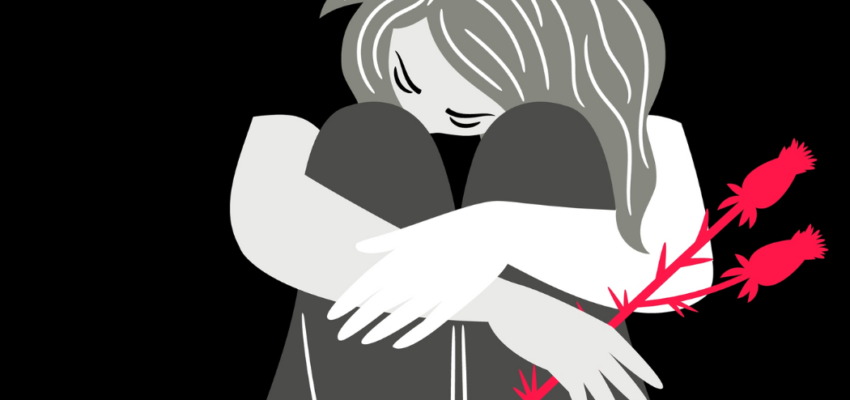
Saving Lives: How to Help Suicide Survivors Heal
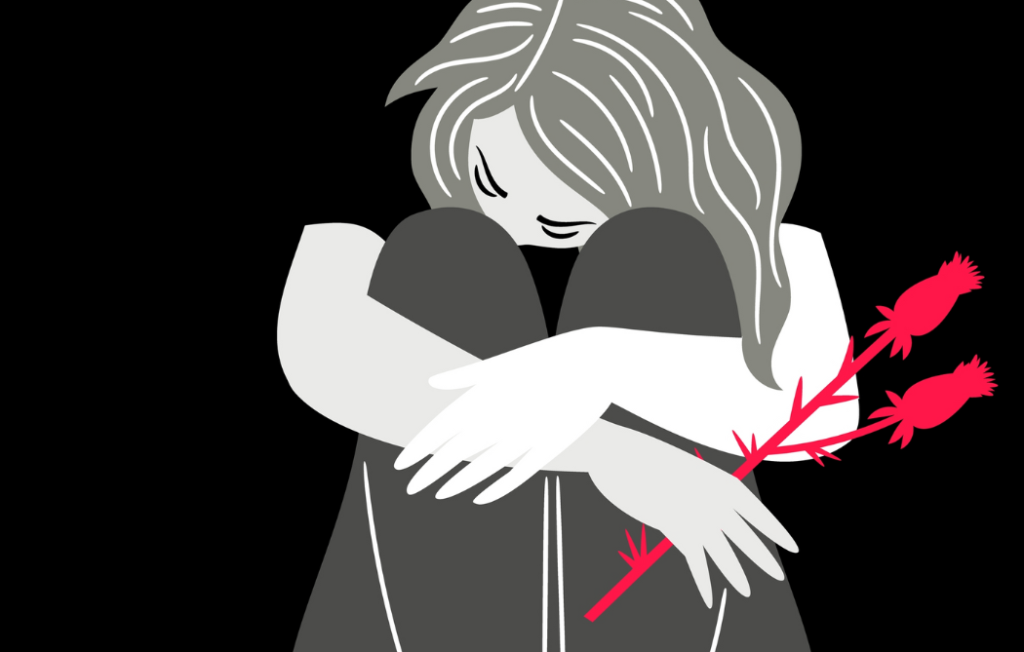
In the United States, roughly 135 people die by suicide every day. And for every life lost, countless others are left in the wake, making the magnitude of grief and loss at the hands of this tragedy astronomical.
September is Suicide Prevention Month. To honor it, we’re exploring the topic of suicide because education saves lives. Today, we’re taking a closer look at how to support suicide survivors.
Listen to the TED Talk below, where psychologist Erica Lennon brings attention to suicide and shares her experience of losing a client to it.
The truth is, nearly all of us have been affected by suicide. It’s a common tragedy that we don’t often speak openly about.
Intimate survivors are often riddled with guilt and complex feelings of grief, which makes navigating support all the more difficult for people closely involved.
What Sets Suicide Grief Apart from Other Losses
In addition to typical feelings associated with grief and loss, survivors of suicide often grapple with the following:
Stigma & Isolation
Talking about suicide can be challenging for survivors because of differing cultural and religious viewpoints, leading to conflicting emotions and difficulties navigating conversations on the topic.
Mixed Emotions
When death is by suicide, people often mourn the loss and hold intense feelings surrounding the circumstances of the death. Emotions such as anger and feelings of abandonment and rejection can all occur after a suicide, alongside positive feelings about the deceased. Sorting through all of these various emotions can make the healing process more challenging.
Needing to Understand Why
Searching to understand the circumstances of losing someone to suicide can lead to the question of “Why?” As a result, people may second-guess actions, hold feelings of guilt, and wonder if they missed signs or could have done something different to prevent the tragedy.
Loss by suicide increases the risk for suicide among survivors.
5 Ways to Support Someone After a Suicide Loss
Below are five ways you can support someone who’s experienced loss by suicide.
Promote Self-Care
Healing takes time and starts with self-care. Encourage those grieving to engage in activities that promote wellness.
Offer Resources
Be prepared to provide resources such as local support groups, mental health professionals, and self-help options.
Engage in Conversation
Often, people are uncomfortable broaching the topic of grief because they don’t want to remind survivors of their loss. Believe us when we say they didn’t forget—offer a non-judgmental listening ear and validate feelings.
Help Them Speak Out About Suicide
If they’re comfortable with it, speaking out about suicide, sharing their story, and spreading awareness can promote healing.
Encourage Professional Support
Survivors are at significant risk for mental health conditions and suicide. Encouraging professional support can mitigate this and help them navigate loss.
Want More Resources?
If you found this article helpful, check out the rest of our blog and follow us on social media. You can find us on LinkedIn at Yellowstone Boys and Girls Ranch, Instagram at @ybgr_cares, and Facebook at Yellowstone Boys and Girls Ranch and YBGR.

18 Inspiring Quotes for Purposeful Parenting

Parenting is a journey filled with challenges, growth, and meaningful moments. To support you along the way, we’ve gathered eighteen powerful quotes on purposeful parenting—designed to guide, inspire, and encourage you no matter where you are on the path.
Purposeful Parenting Quotes
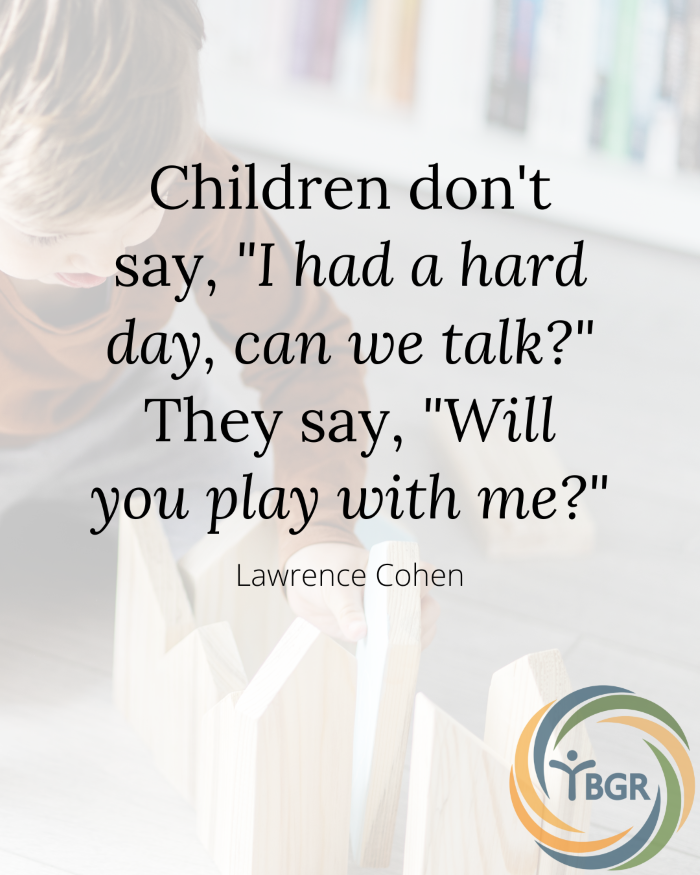
Quote 1: Children don’t say, “I had a hard day, can we talk?” They say, “Will you play with me?” – Lawrence Cohen
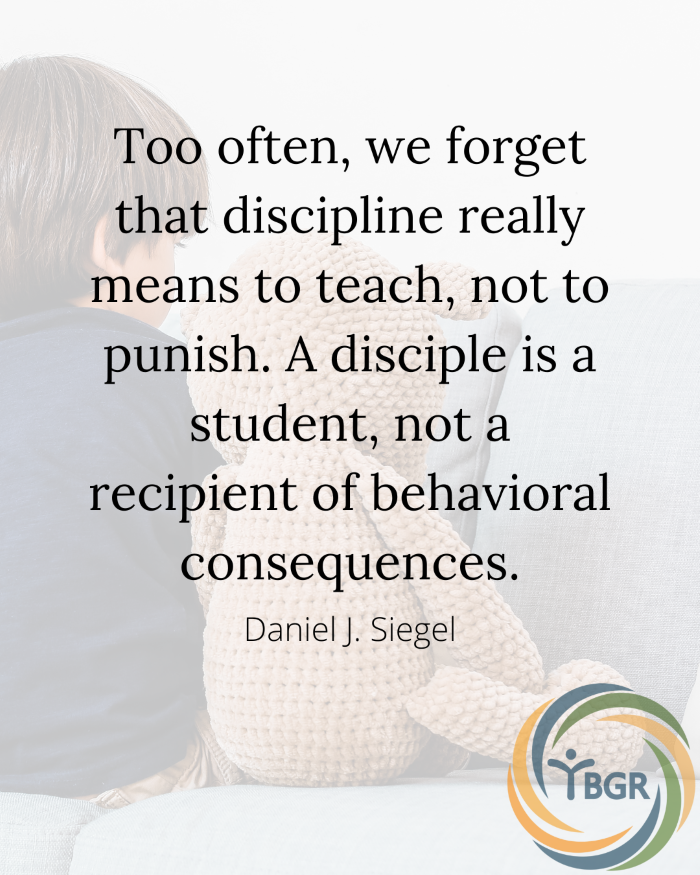
Quote 2: Too often, we forget that discipline really means to teach, not to punish. A disciple is a student, not a recipient of behavioral consequences. – Daniel J. Siegel
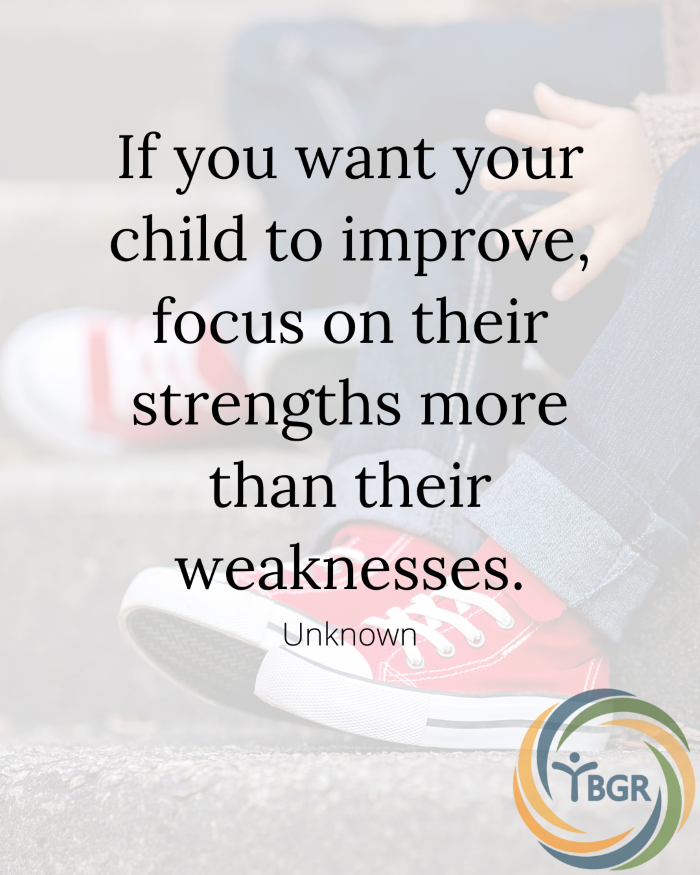
Quote 3: If you want your child to improve, focus on their strengths more than their weaknesses. – Unknown
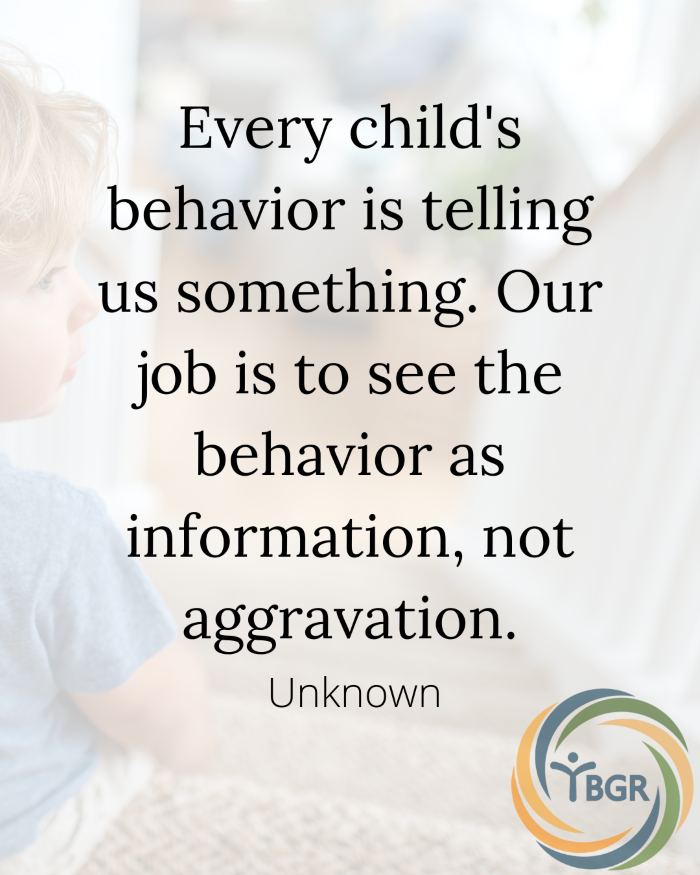
Quote 4: Every child’s behavior is telling us something. Our job is to see the behavior as information, not aggravation. – Unknown
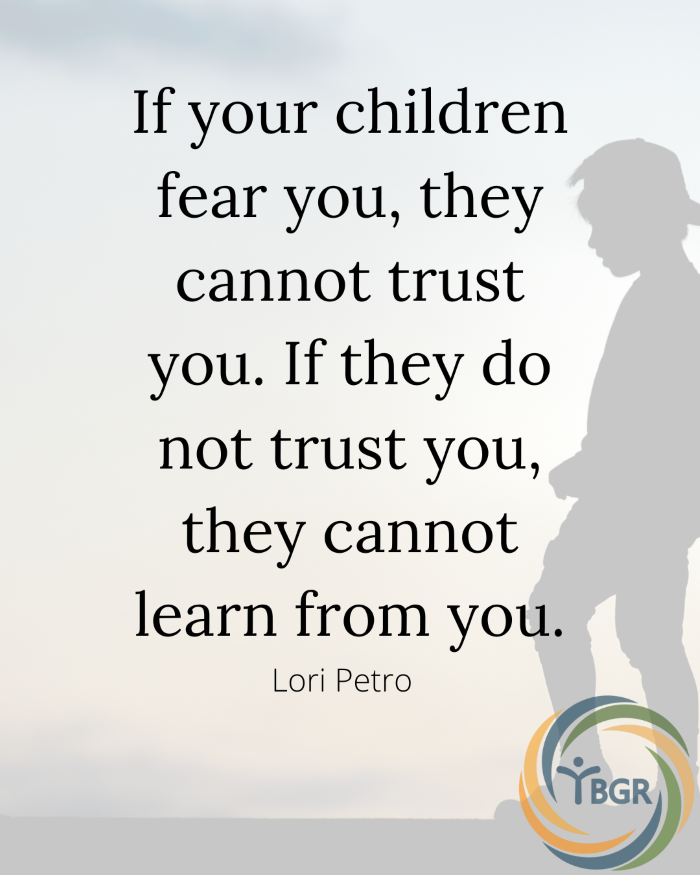
Quote 5: If your children fear you, they cannot trust you. If they do not trust you, they cannot learn from you. – Lori Petro
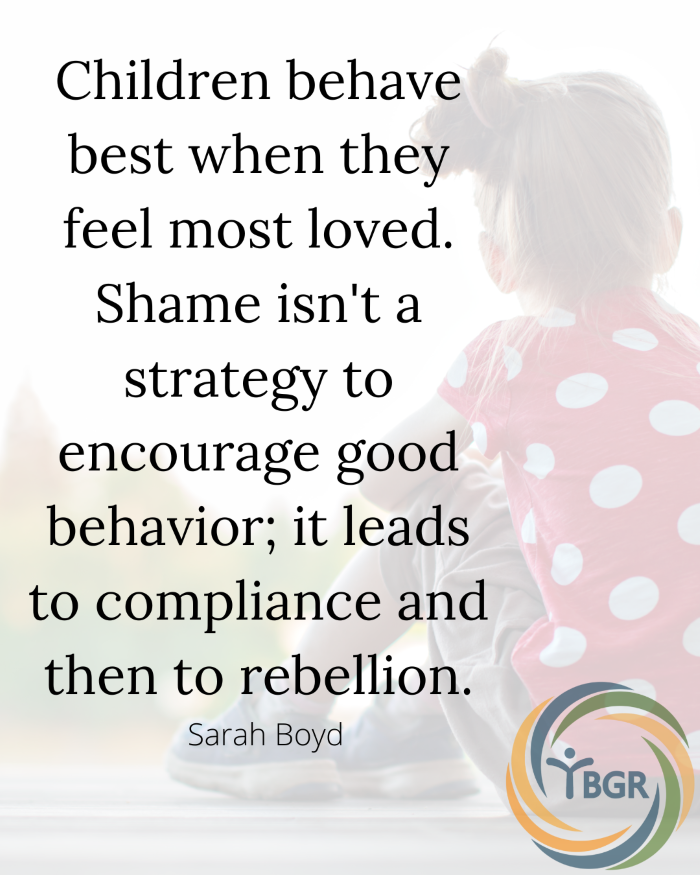
Quote 6: Children behave best when they feel most loved. Shame isn’t a strategy to encourage good behavior; it leads to compliance and then to rebellion. – Sarah Boyd
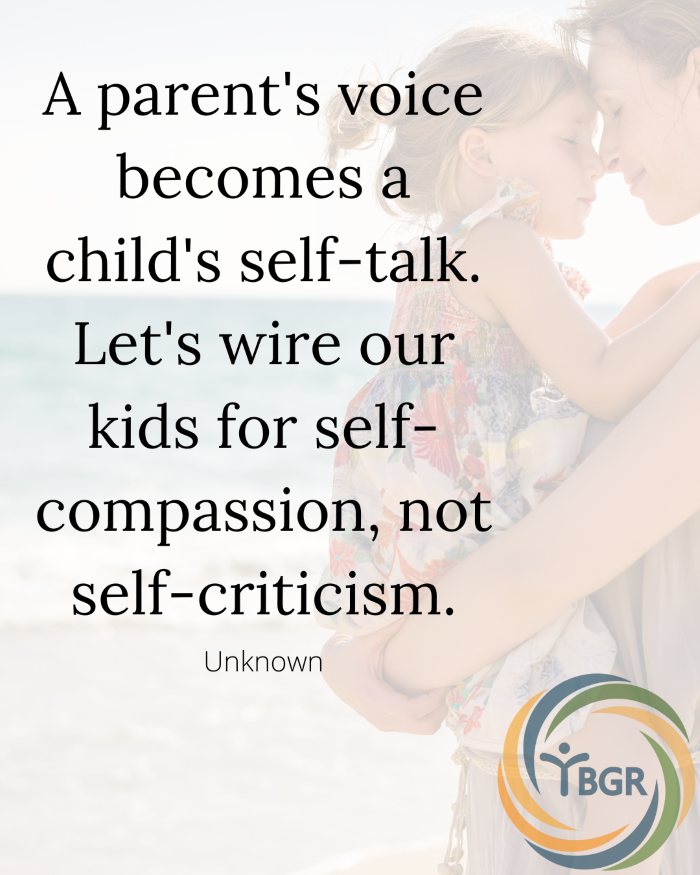
Quote 7: A parent’s voice becomes a child’s self-talk. Let’s wire our kids for self-compassion, not self-criticism. – Unknown
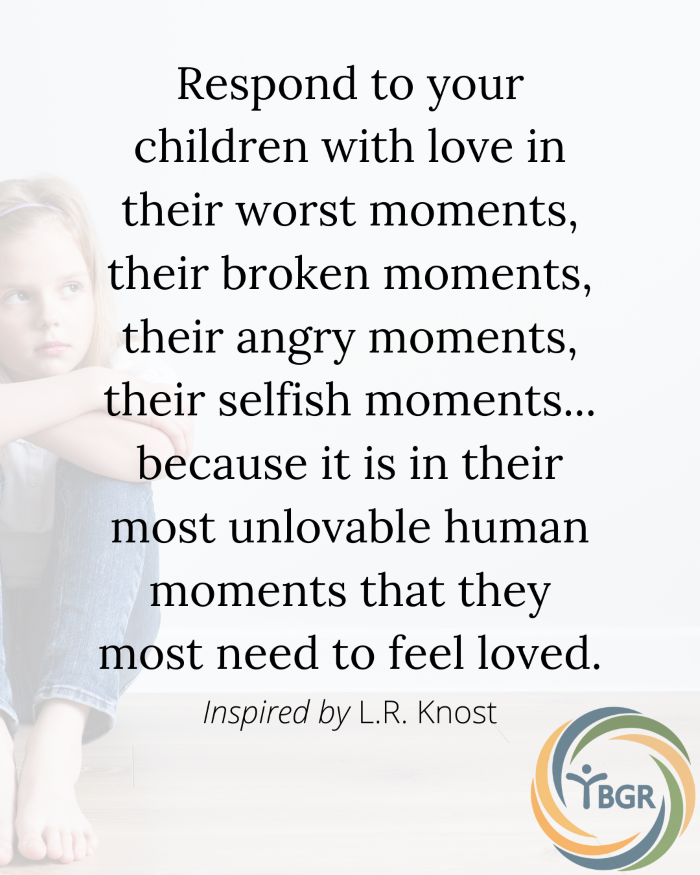
Quote 8: Respond to your children with love in their worst moments, their broken moments, their angry moments, their selfish moments, their lonely moments, their frustrated moments, their inconvenient moments. Because it is in their most unlovable human moments that they most need to feel loved. – L.R. Knost
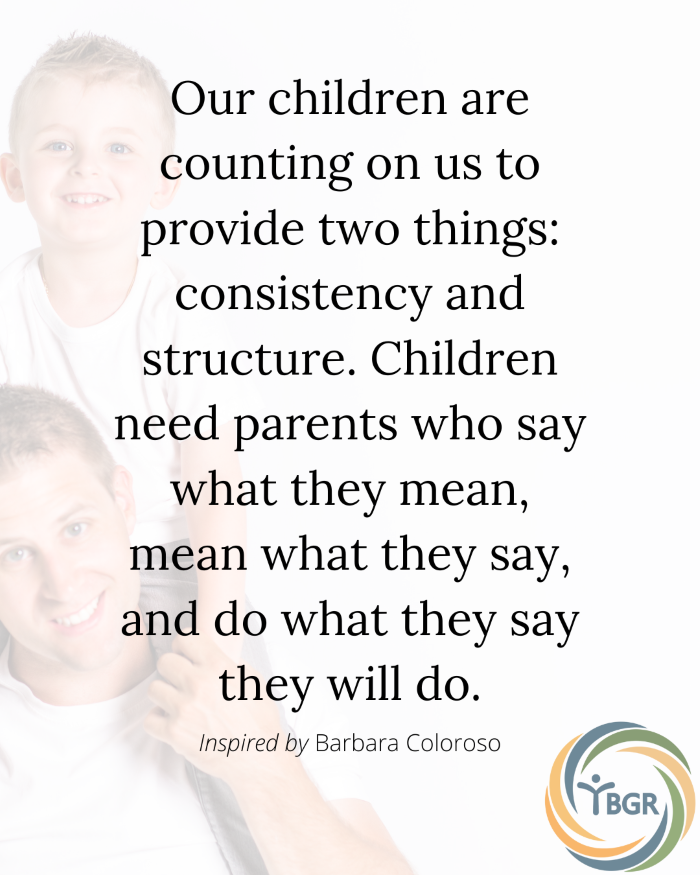
Quote 9: Our kids are counting on us to provide two things: consistency and structure. Kids need parents who say what they mean, mean what they say, and do what they say they are going to do. – Barbara Coloroso
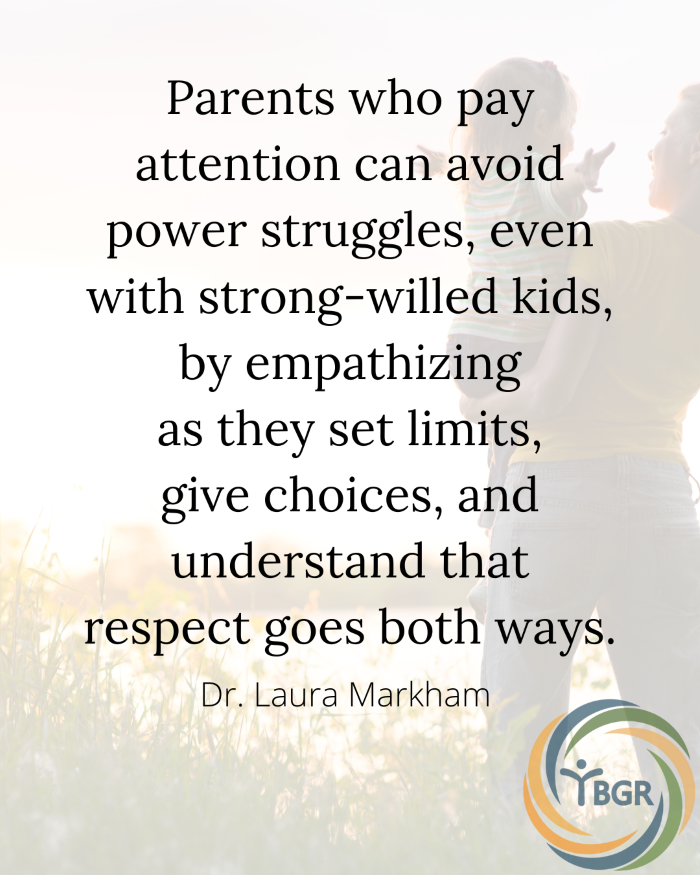
Quote 10: Parents who pay attention can avoid power struggles, even with strong-willed kids, by empathizing as they set limits, give choices, and understand that respect goes both ways. – Dr. Laura Markham
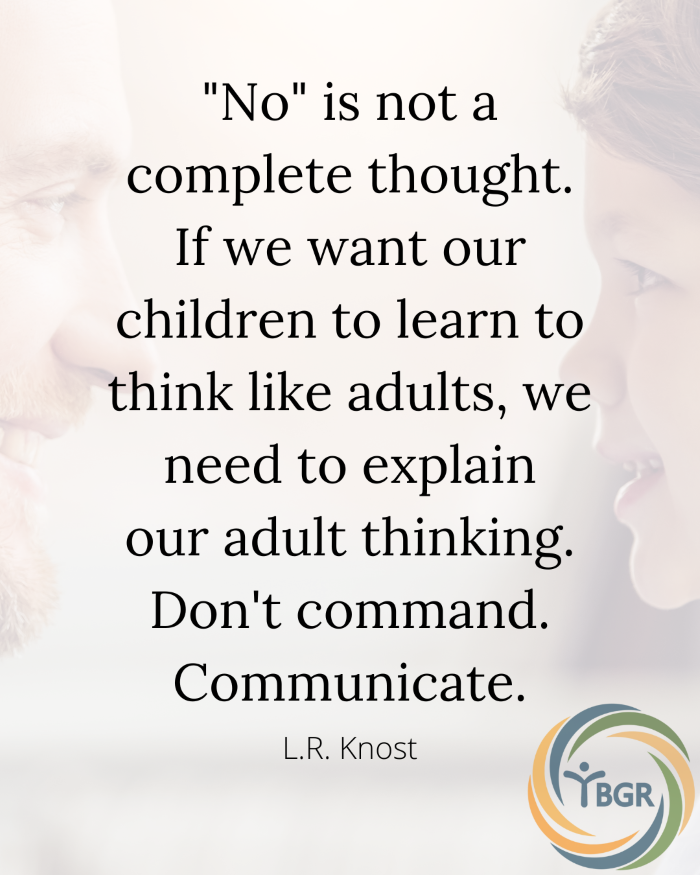
Quote 11: “No” is not a complete thought. If we want our children to learn to think like adults, we need to explain our adult thinking. Don’t command. Communicate. – L.R. Knost
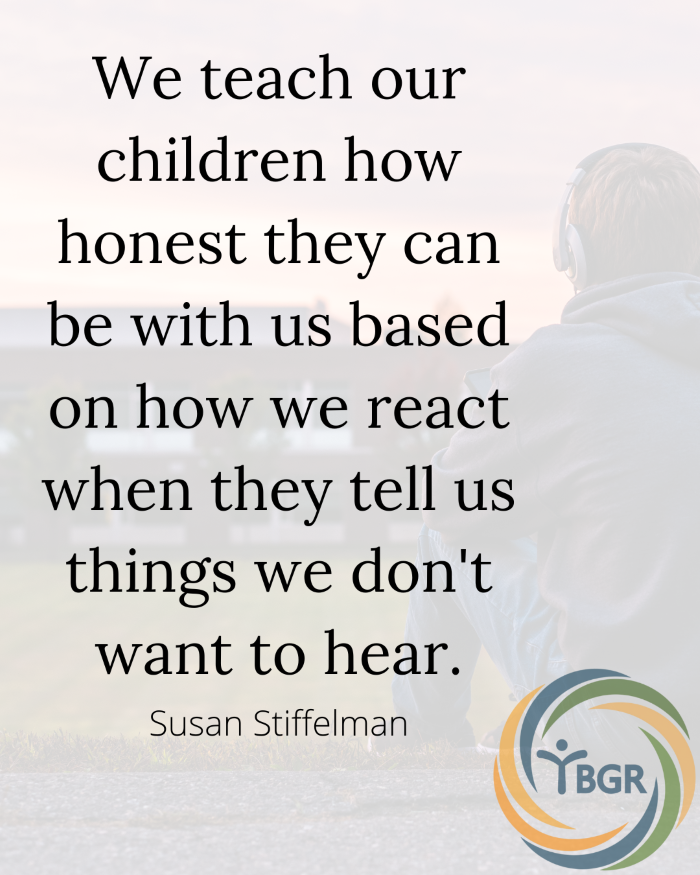
Quote 12: We teach our kids how honest they can be with us based on how we react when they tell us things we don’t want to hear. – Susan Stiffleman
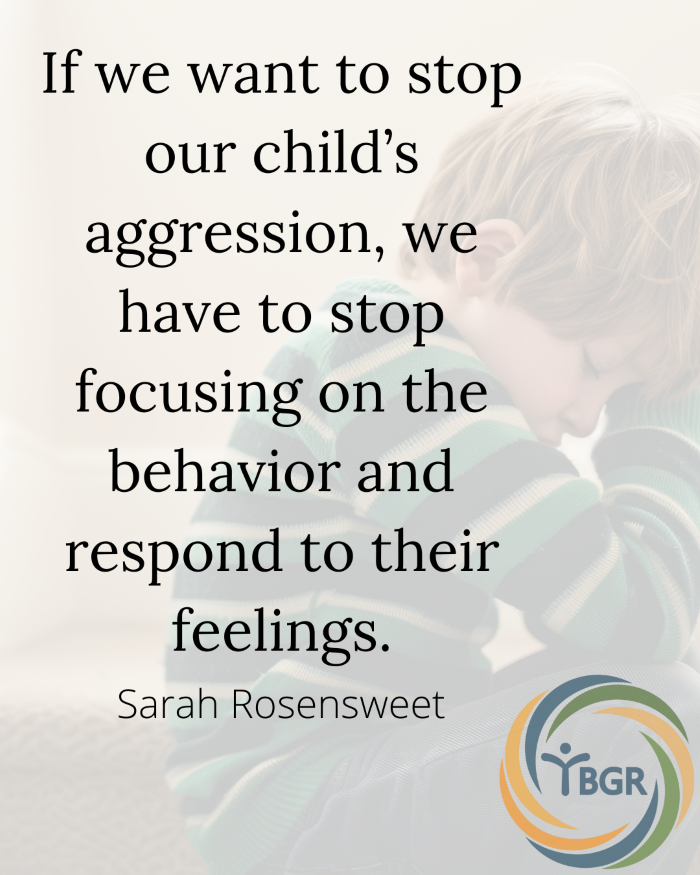
Quote 13: If we want to stop our child’s aggression, we have to stop focusing on the behavior and respond to their feelings. – Sarah Rosensweet
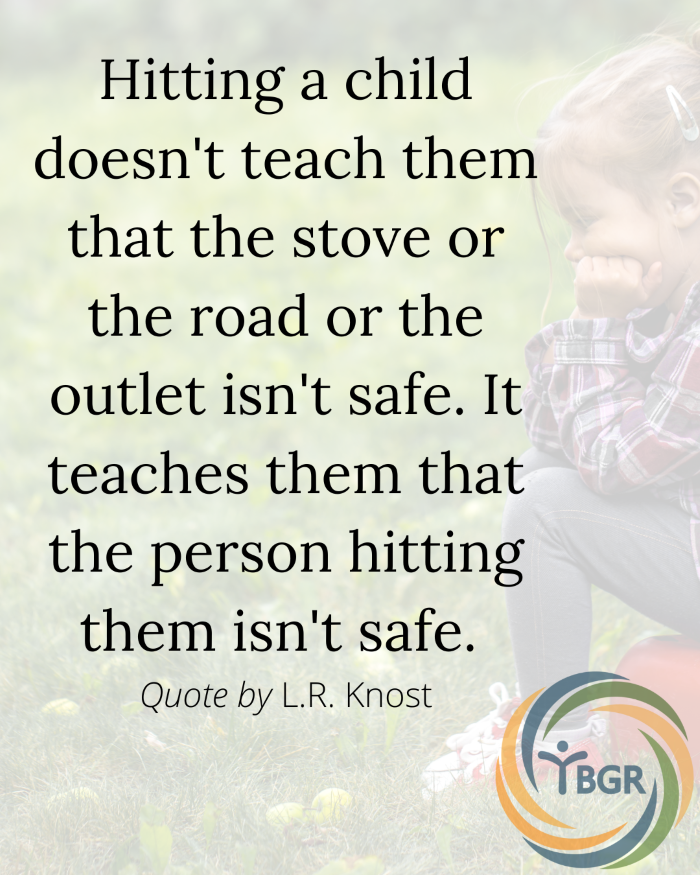
Quote 14: Hitting a child doesn’t teach them that the stove or the road or the outlet isn’t safe. It teaches them that the person hitting them isn’t safe. – L.R. Knost
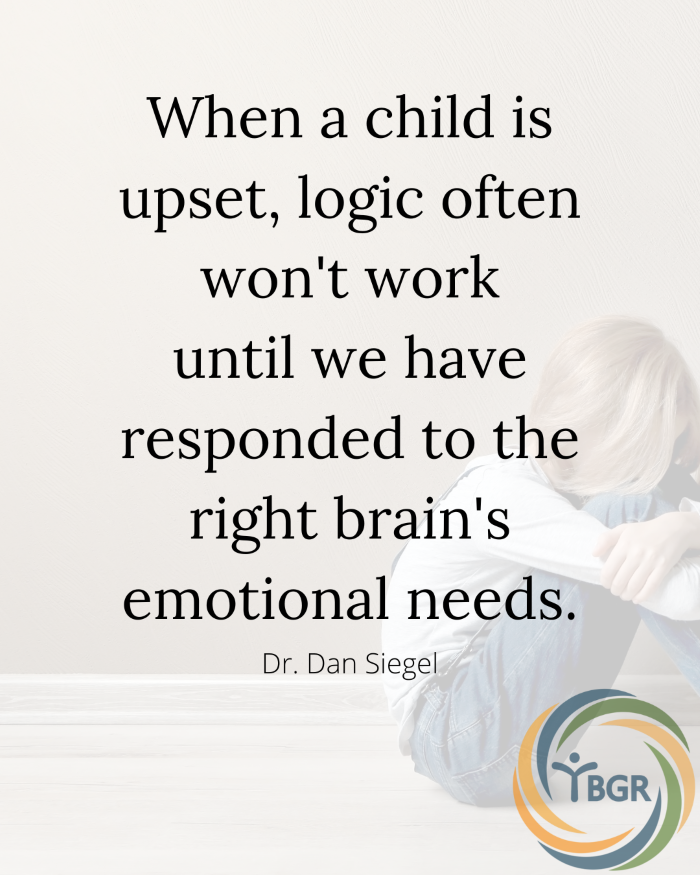
Quote 15: When a child is upset, logic often won’t work until we have responded to the right brain’s emotional needs. – Dr. Dan Siegel
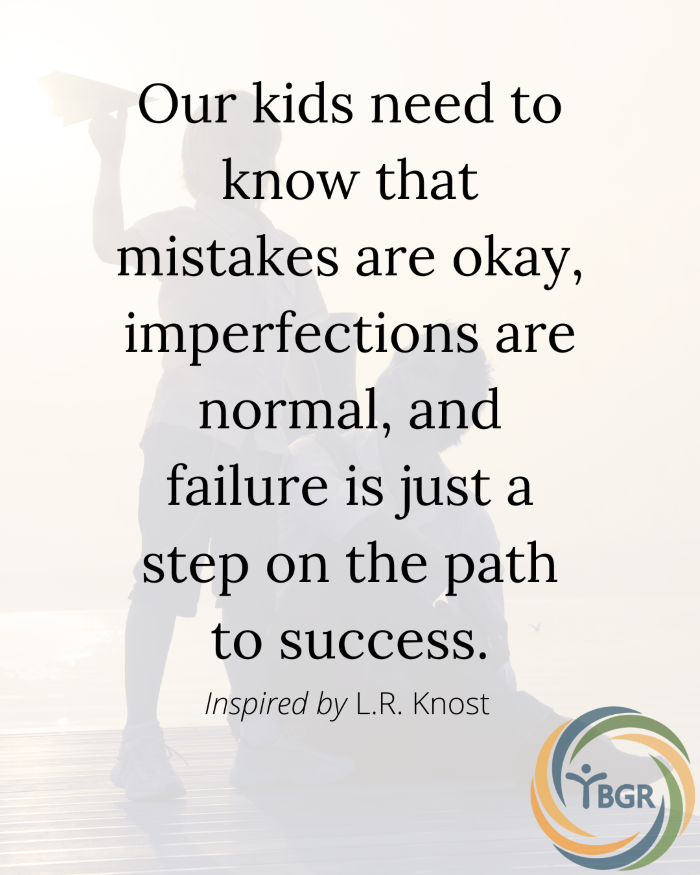
Quote 16: Our children need to know that mistakes are okay, imperfections are normal, and failure is just a step on the path to success. – L.R. Knost
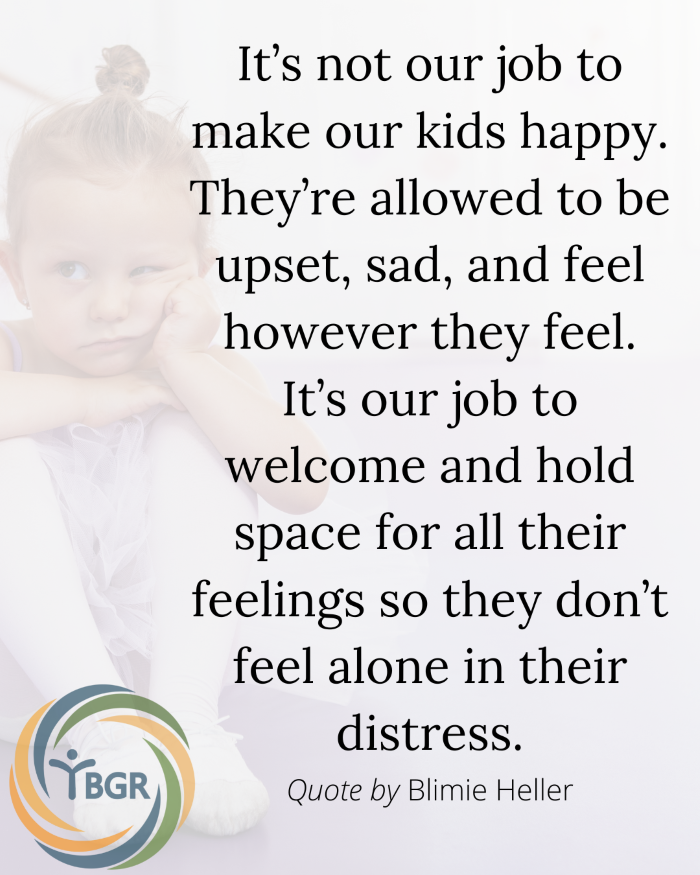
Quote 17: It’s not our job to make our kids happy. They’re allowed to be upset, sad, and feel however they feel. It’s our job to hold space for all their feelings so they don’t feel alone in their distress. – Blimie Heller
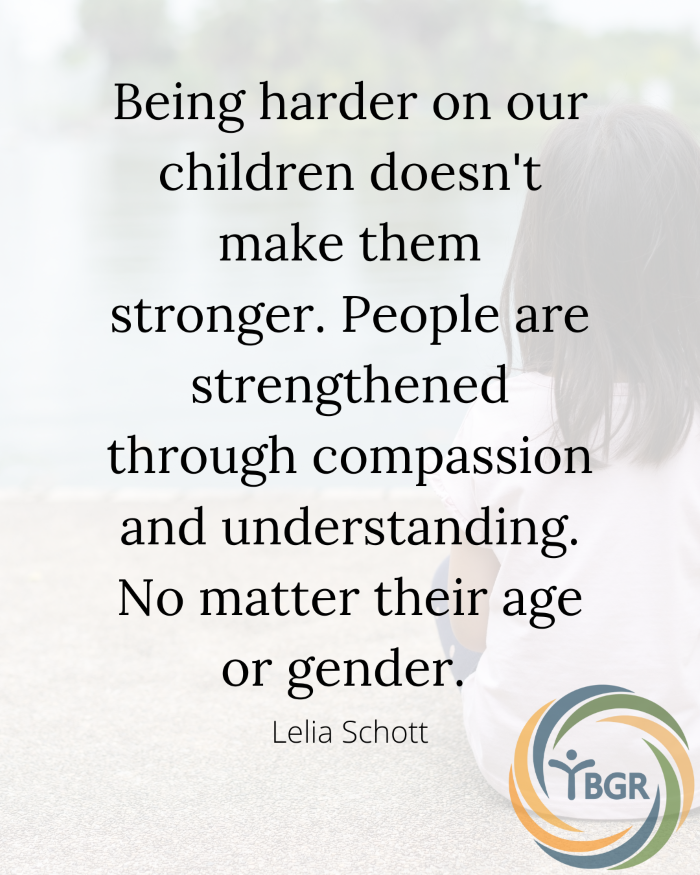
Quote 18: Being harder on our children doesn’t make them stronger. People are strengthened through compassion and understanding. No matter their age or gender. – Lelia Schott
Want More?
Check out the rest of our blog and follow us on social media. You can find us on LinkedIn at Yellowstone Boys and Girls Ranch, Instagram at @ybgr_cares, and Facebook at YBGR and Yellowstone Boys and Girls Ranch.
